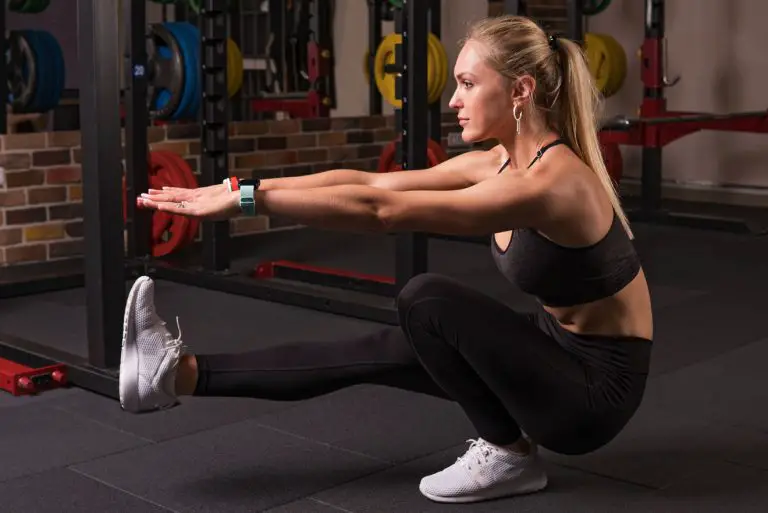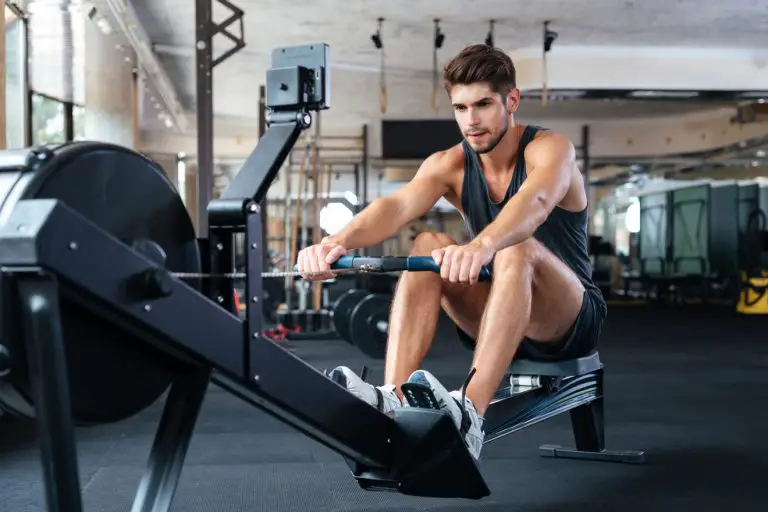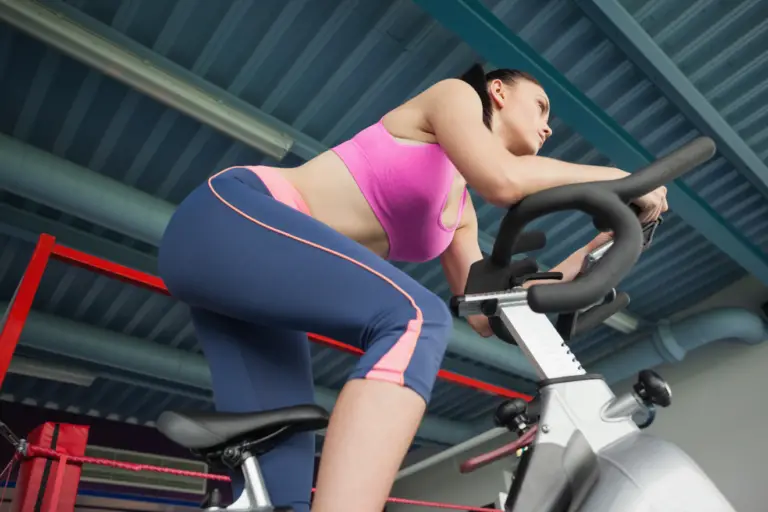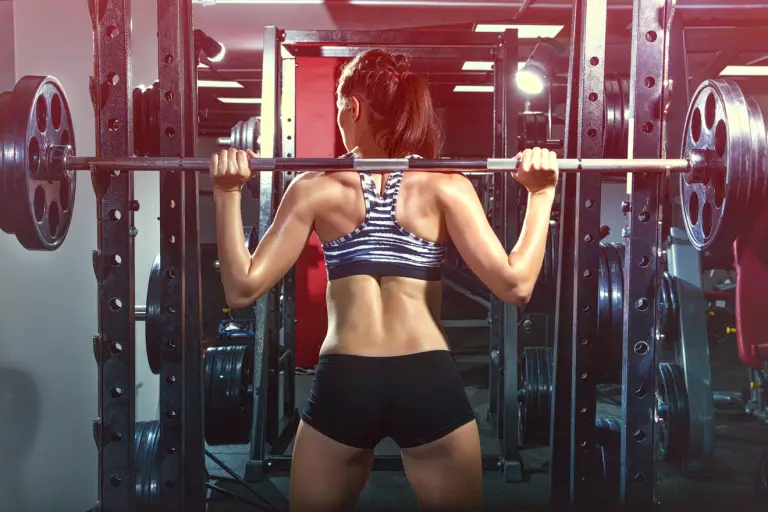How to lift more weight by using proper breathing techniques
Key takeaways
- The correct way to breathe while performing a repetition of an exercise is to inhale during the eccentric phase and exhale during the concentric phase
- The Valsalva maneuver is a breathing technique that will increase your core stability and help you to generate more power during a heavy lift
- Proper breathing techniques can significantly reduce your risk of injury and help you to lift more weight
The importance of proper breathing
Proper breathing technique is one of the most overlooked aspects of resistance training. Learning how to correctly inhale and exhale during your repetitions is not only important for your safety, but it can also help you to lift heavier loads.
The proper way to breathe while lifting weights
The correct way to breathe while performing an exercise is to inhale during the eccentric phase and exhale during the concentric phase. Using the barbell bench press as an example, you’d want to inhale while lowering the weight to your chest (the eccentric phase) and then exhale while pressing it up (the concentric phase).
Focusing on using this breathing pattern will help you to avoid accidentally holding your breath for too long. Consequently, this will boost your performance by ensuring that you’re getting adequate oxygen intake. This is also the most natural way to breathe, as inhaling during the concentric phase of an exercise is very impractical when using heavier weights.
Using the Valsalva maneuver to lift more weight
The Valsalva maneuver is a breathing technique that involves taking a deep breath before trying to exhale while closing your airway. This technique will produce a high amount of internal pressure that will brace and support your core. With this increased stabilization, you will be able to generate more power and explosiveness during your lifts.
When using the Valsalva maneuver, you should still inhale during the eccentric phase and exhale during the concentric phase. However, because your airway will be closed when trying to exhale, you won’t actually be letting the air out until you’re near the completion of the repetition.
The Valsalva maneuver is generally considered to be safe and is often used instinctively when lifting heavy objects. However, this technique can cause spikes in blood pressure, lightheadedness, and even fainting in extreme cases. To minimize these side effects, avoid holding your breath for more than a few seconds at any given time.
How the Valsalva maneuver can reduce your risk of injury
The Valsalva maneuver can greatly reduce your injury risk on heavy compound exercises, such as the barbell deadlift and barbell squat. During these exercises, your abdominals, lower back, and other core muscles experience elevated levels of stress as they try to keep your body upright. If these muscles aren’t sufficiently strong or supported, your risk of a lower back or spinal injury may skyrocket.
To prevent these serious injuries from occurring, you can use the Valsalva maneuver to provide your core with the extra bracing it needs to stay strong and supported.
Proper breathing techniques can benefit you outside of the gym
Breathing techniques such as the Valsalva maneuver are not only useful when performing heavy compound lifts. They can increase your performance in all exercises and even have practical use outside of the gym. Whether you’re deadlifting a heavy barbell in the gym or a heavy box in your basement, proper breathing and bracing will help you to complete the task more safely and efficiently.
Safety always comes first
As you can see, using proper breathing techniques is about more than just keeping yourself safe while lifting in the gym. It can improve your lifting performance and teach you ways to stay injury-free outside of the gym as well. If you wish to learn more useful safety tips, see Safety always comes first in the gym, in the Weight Training Guide.







